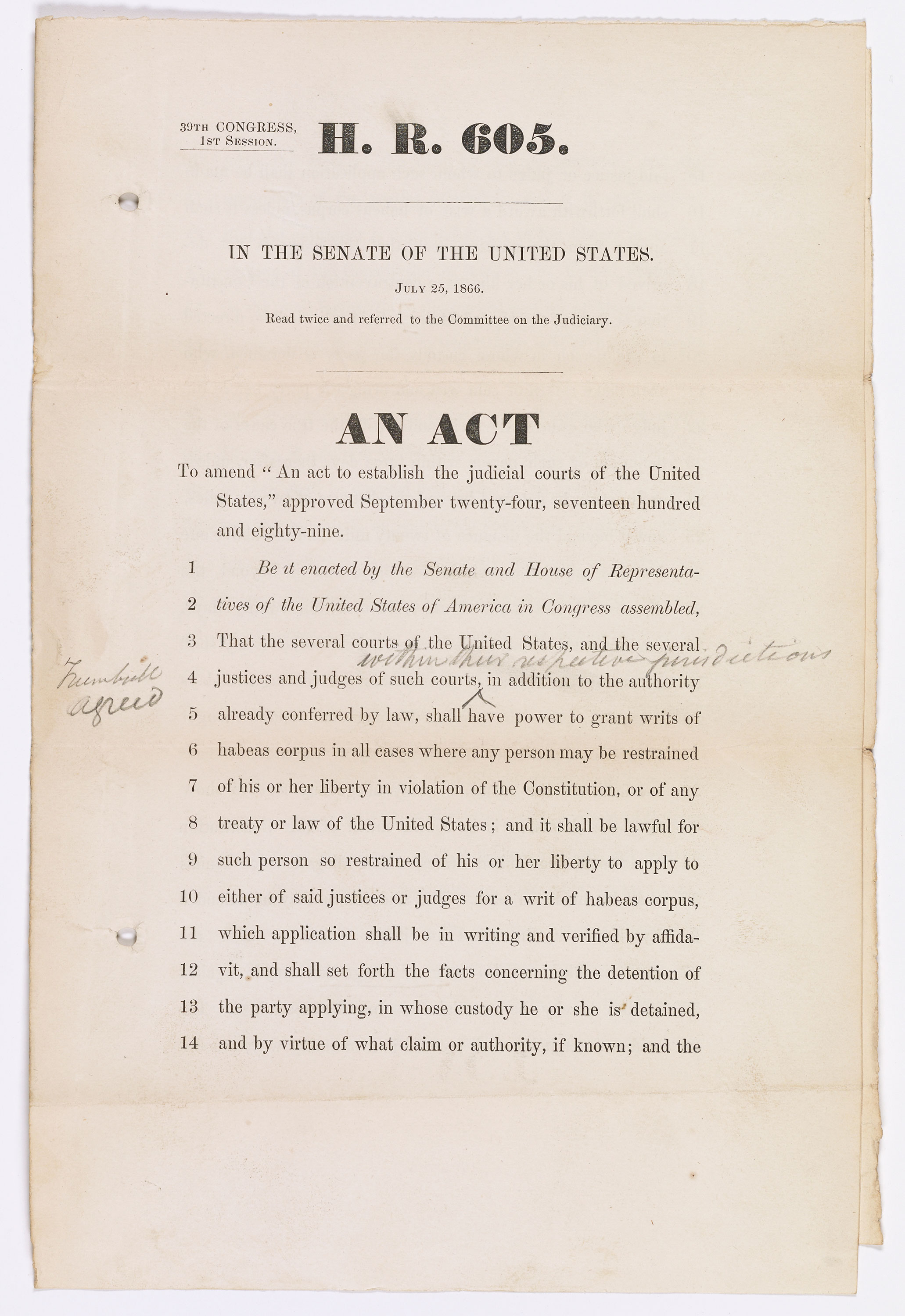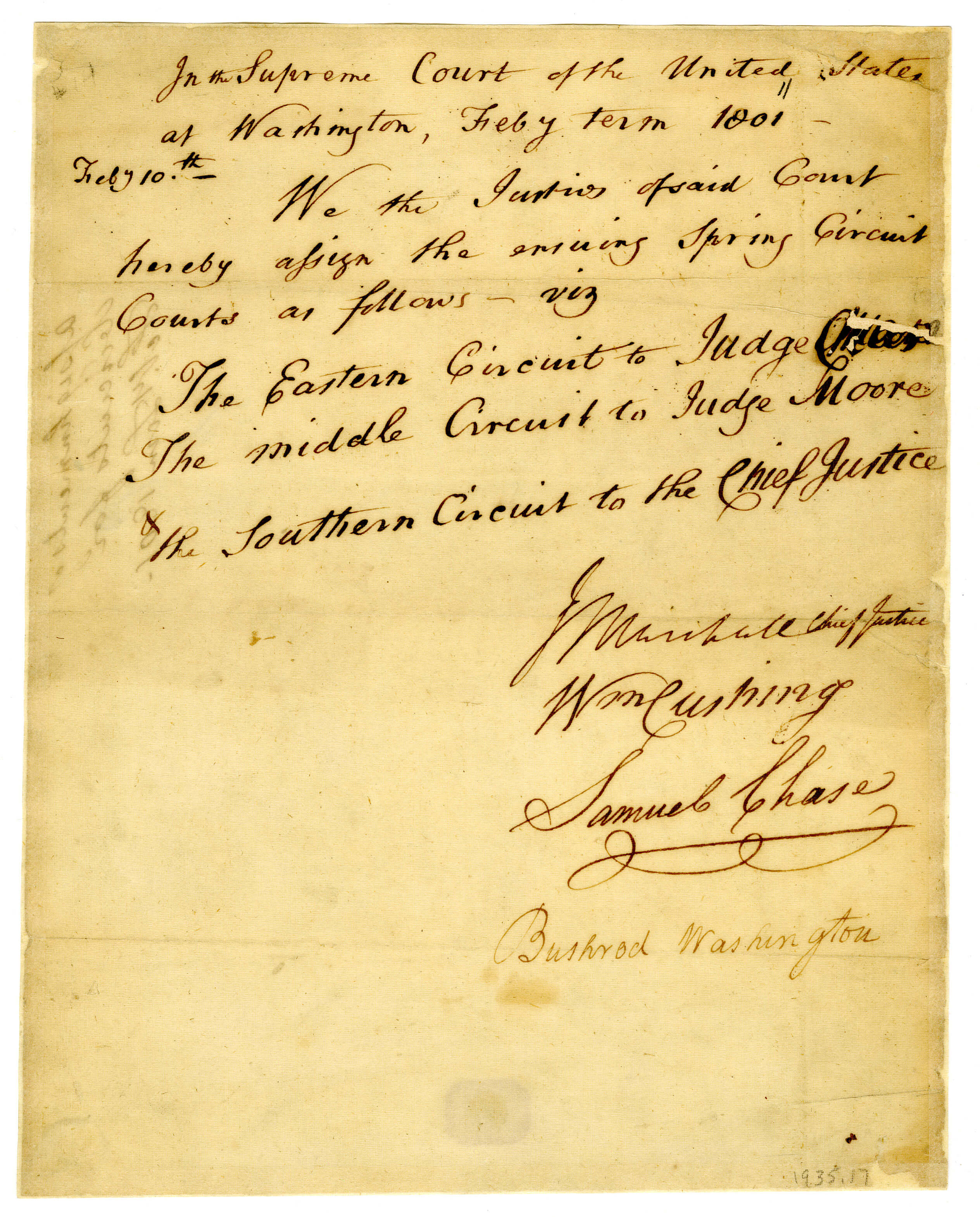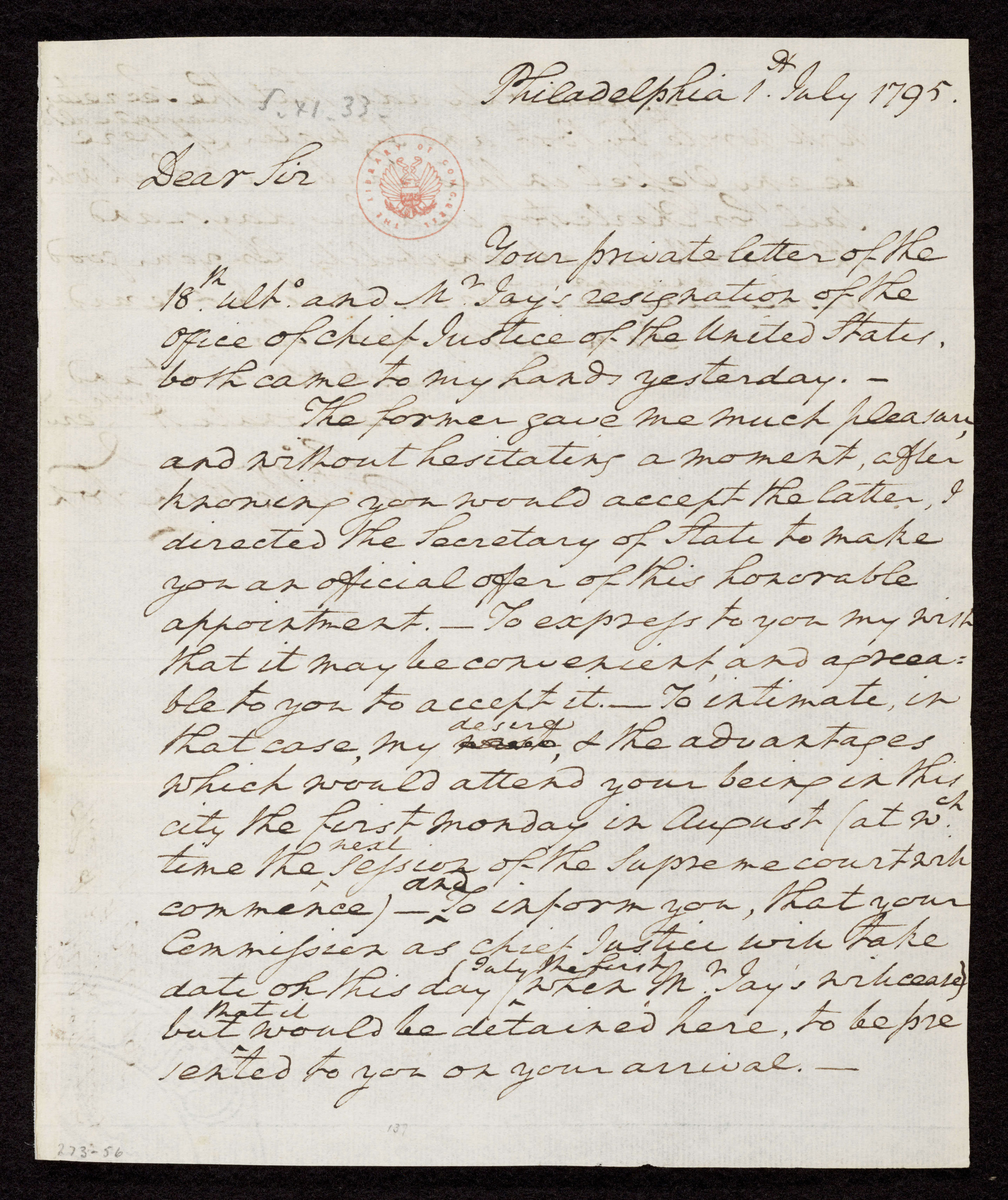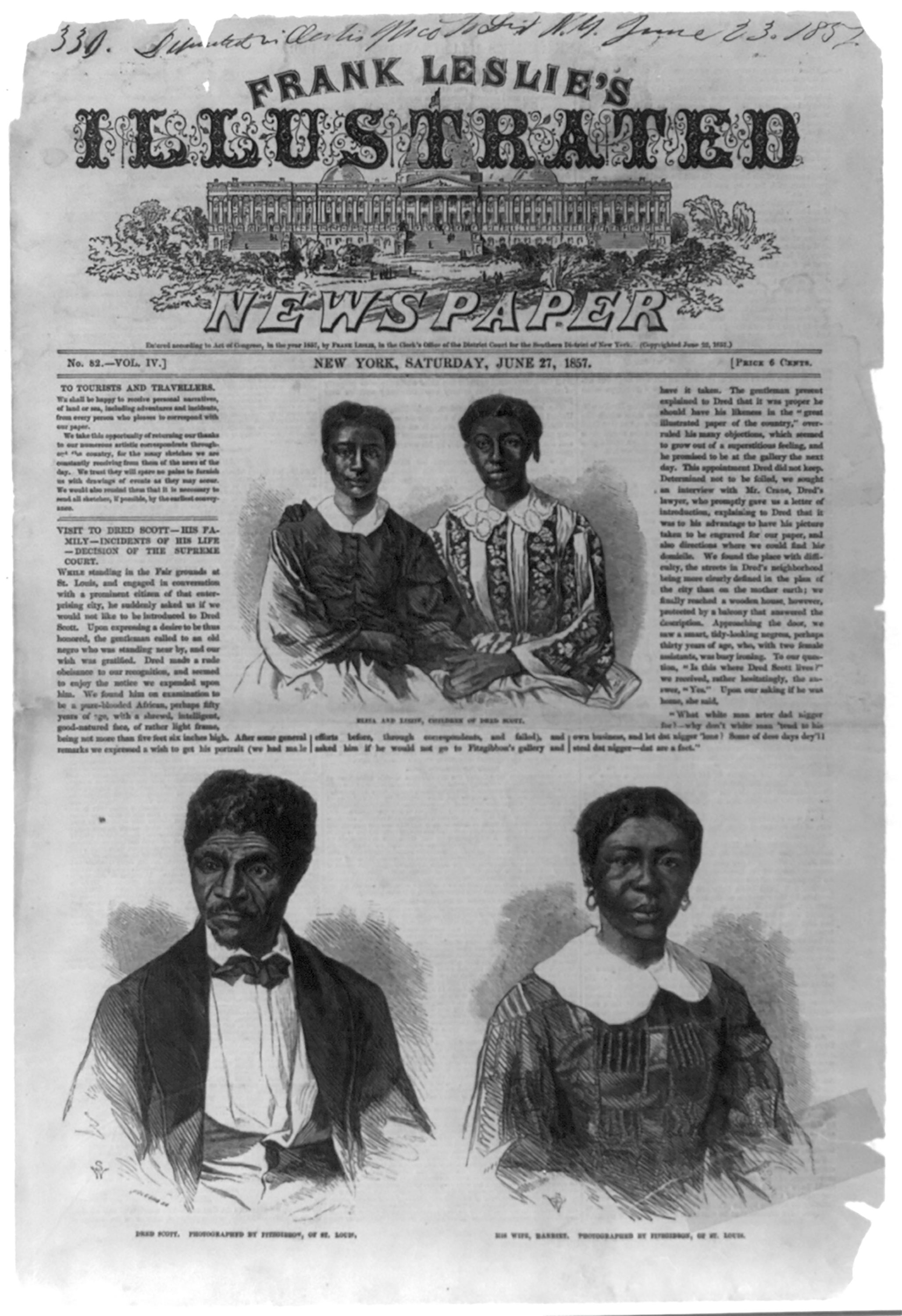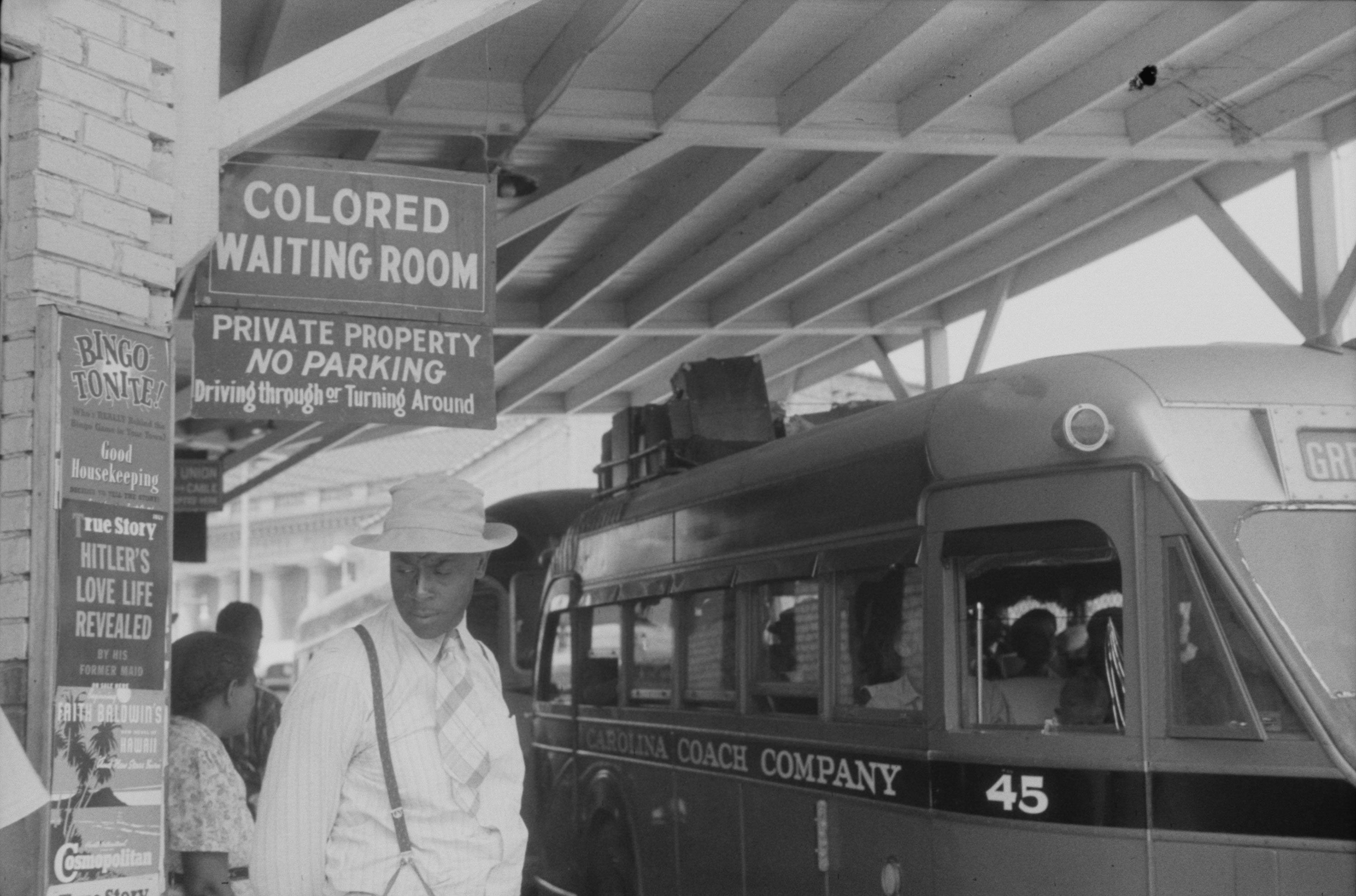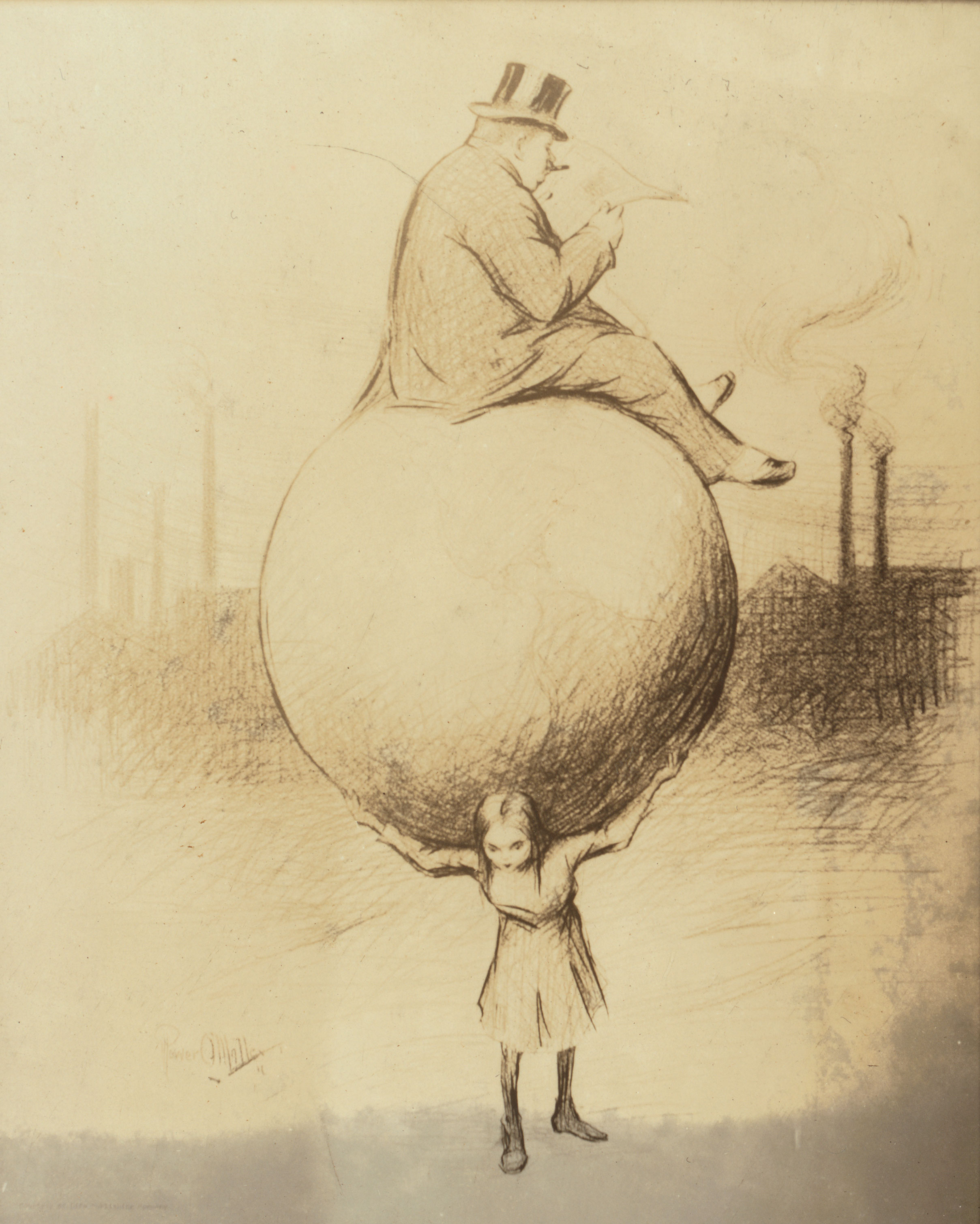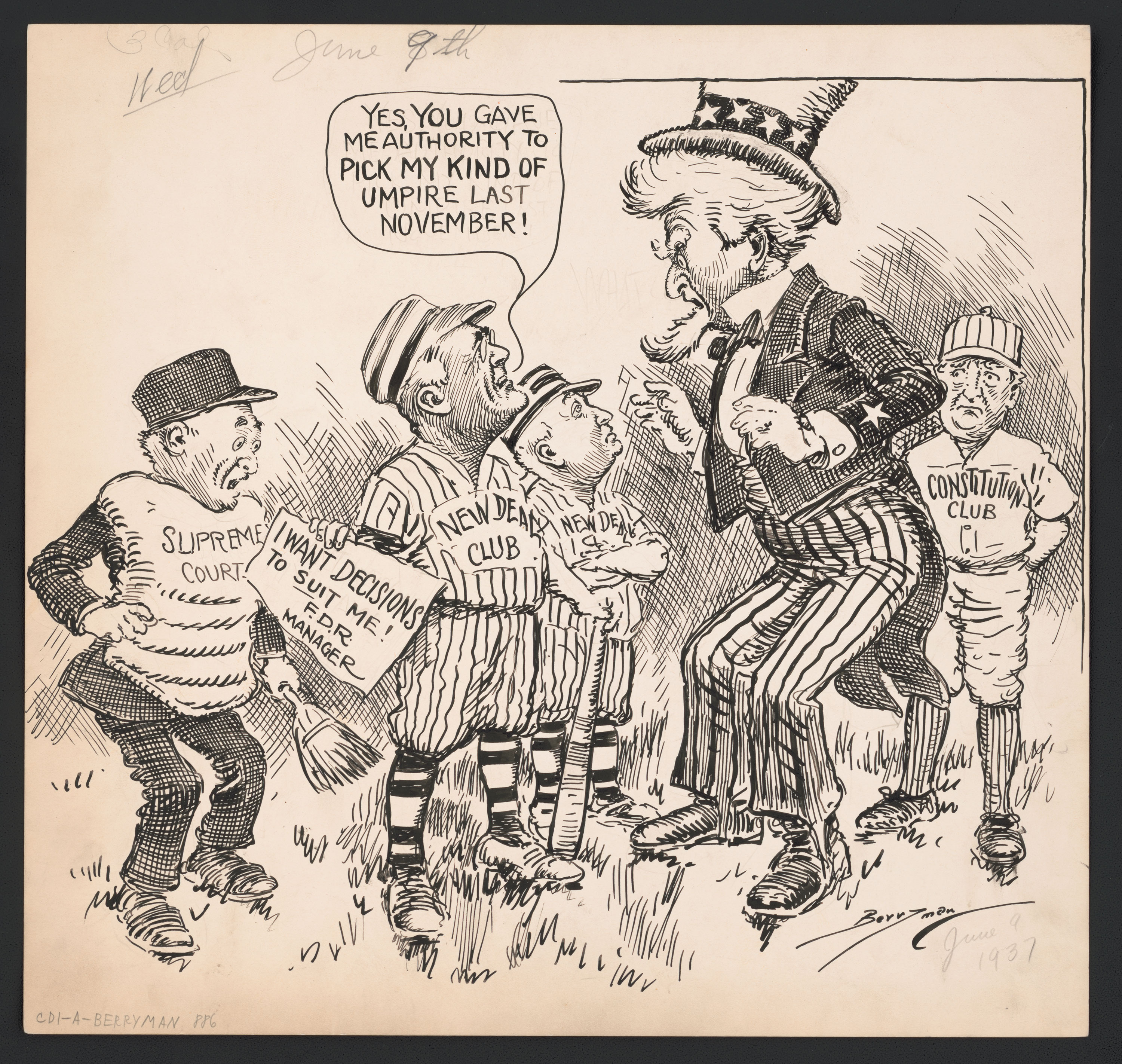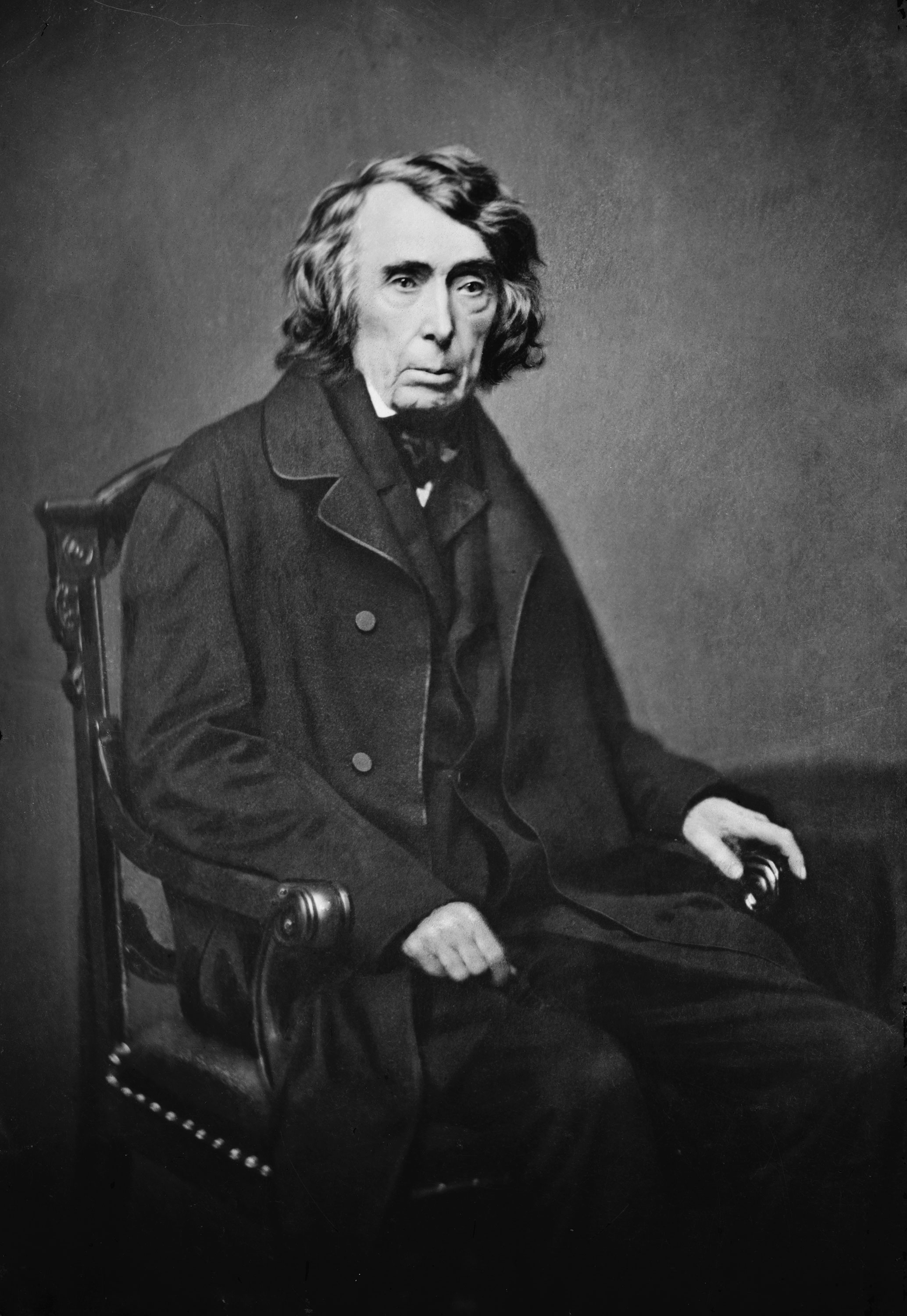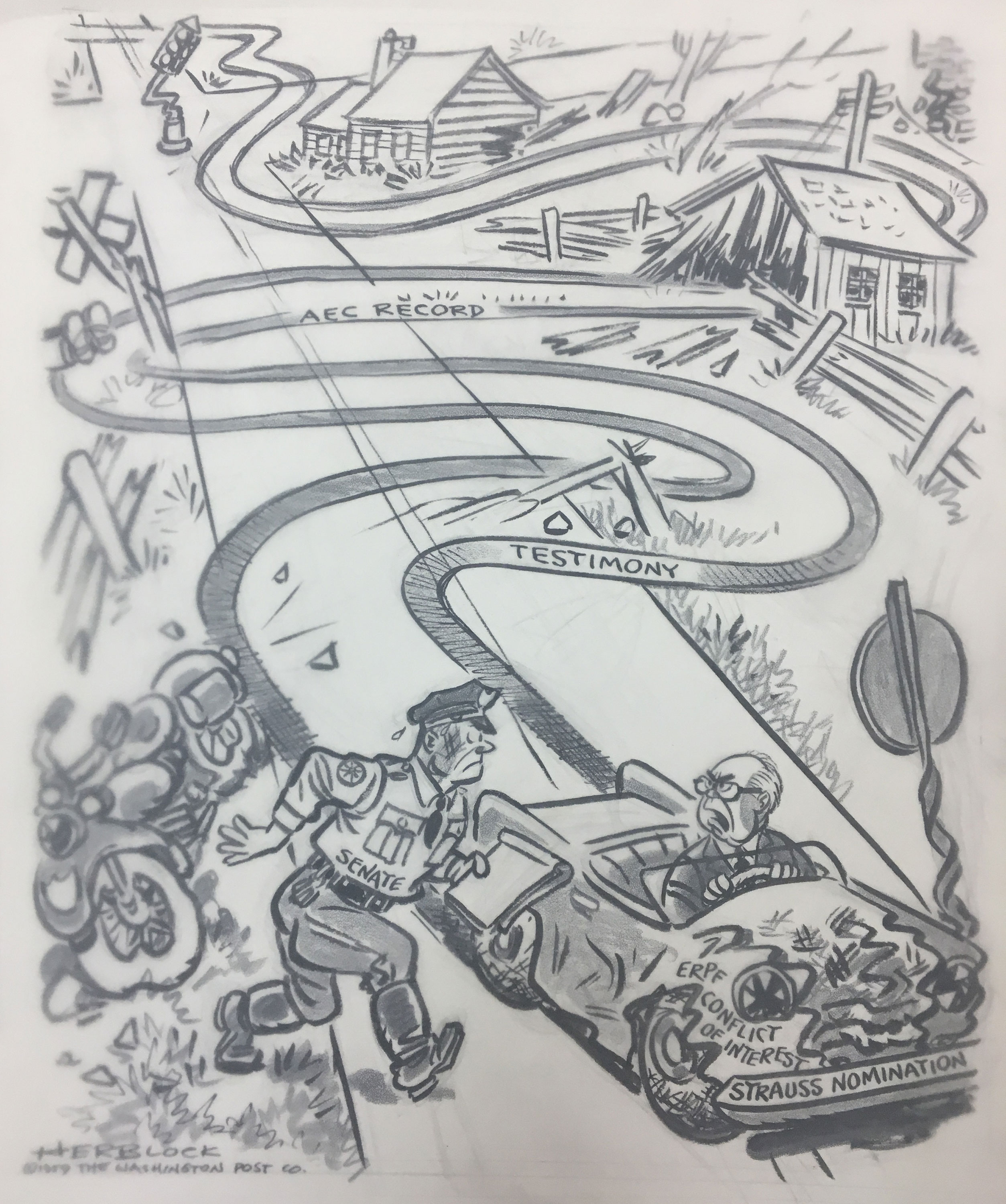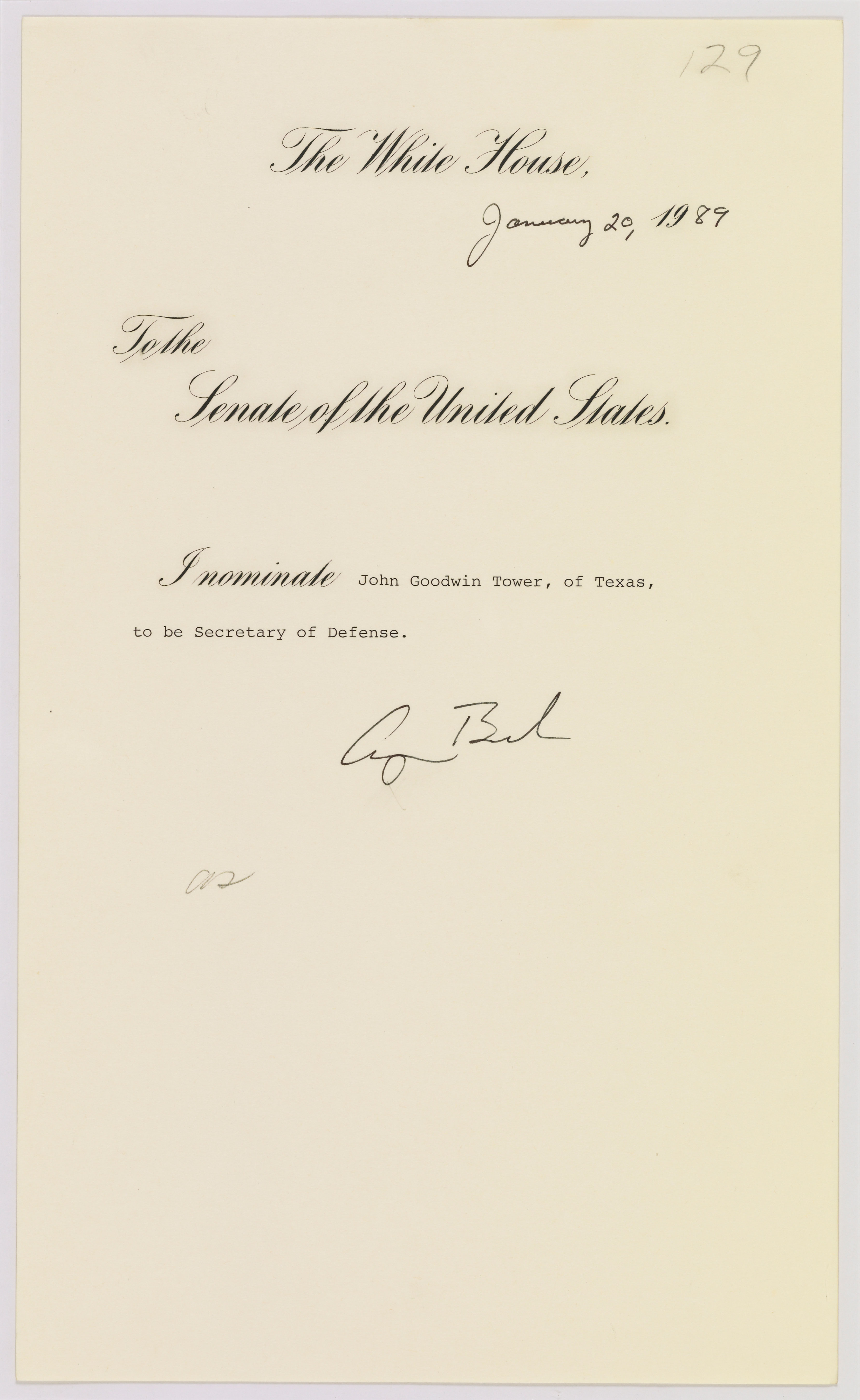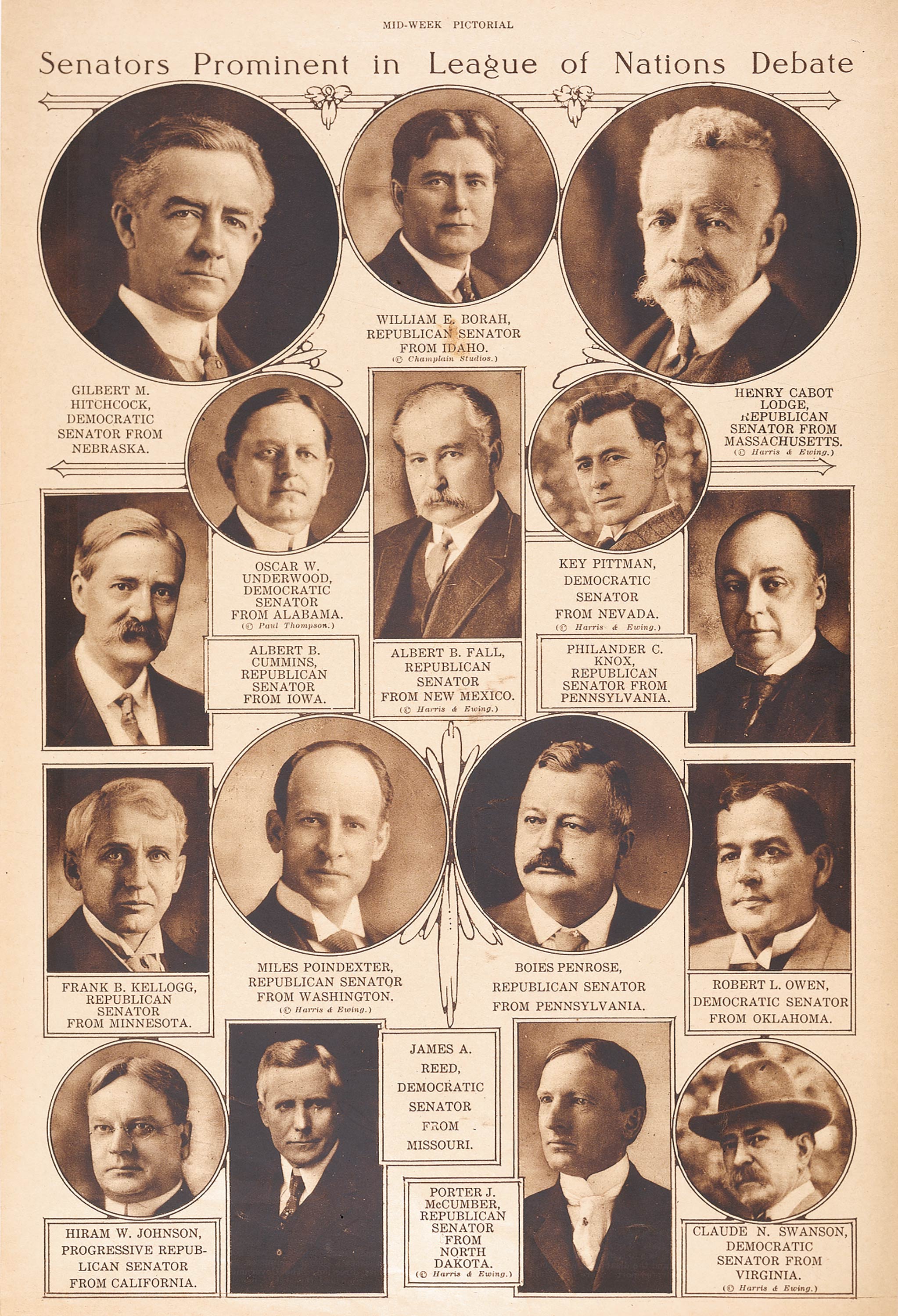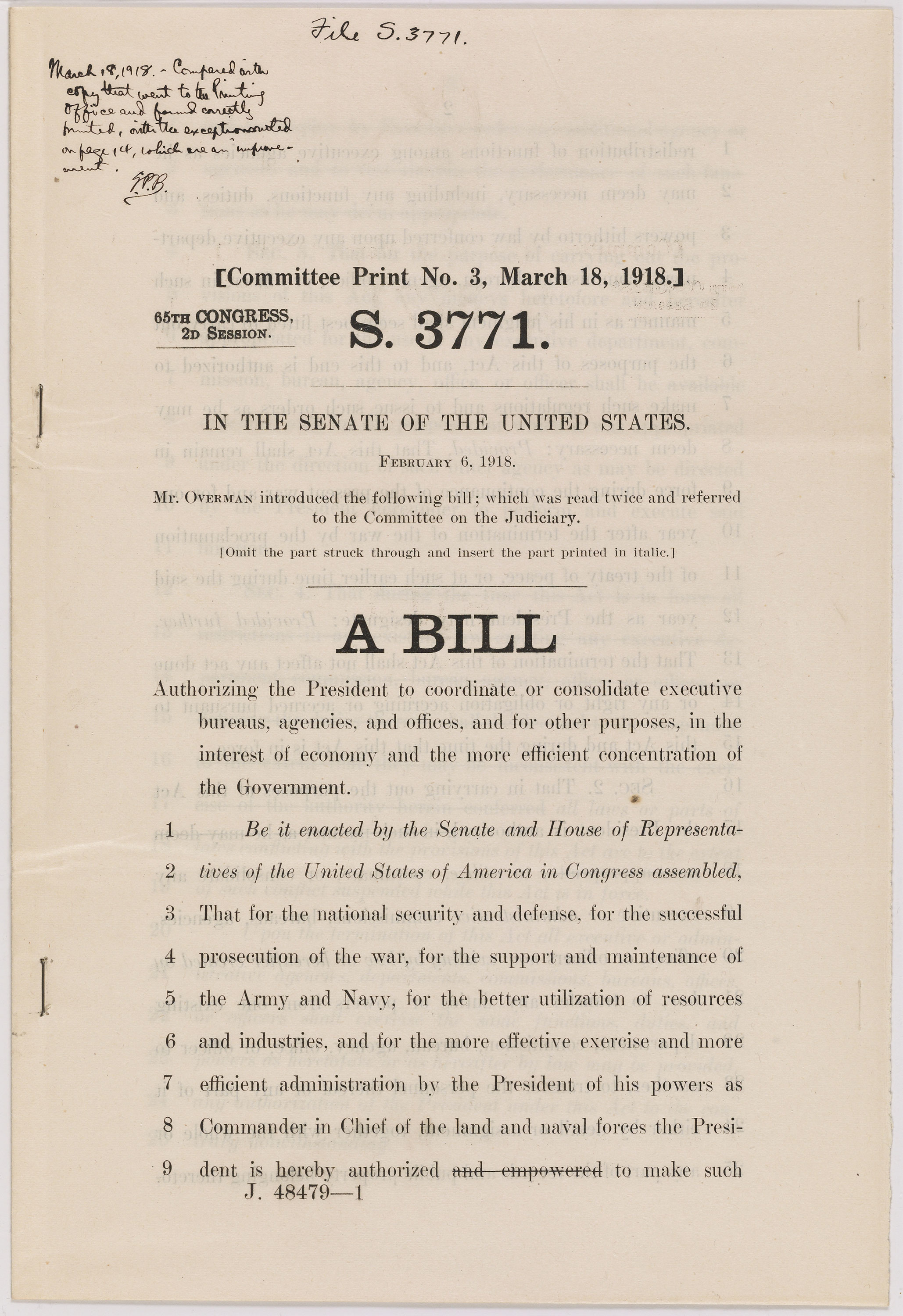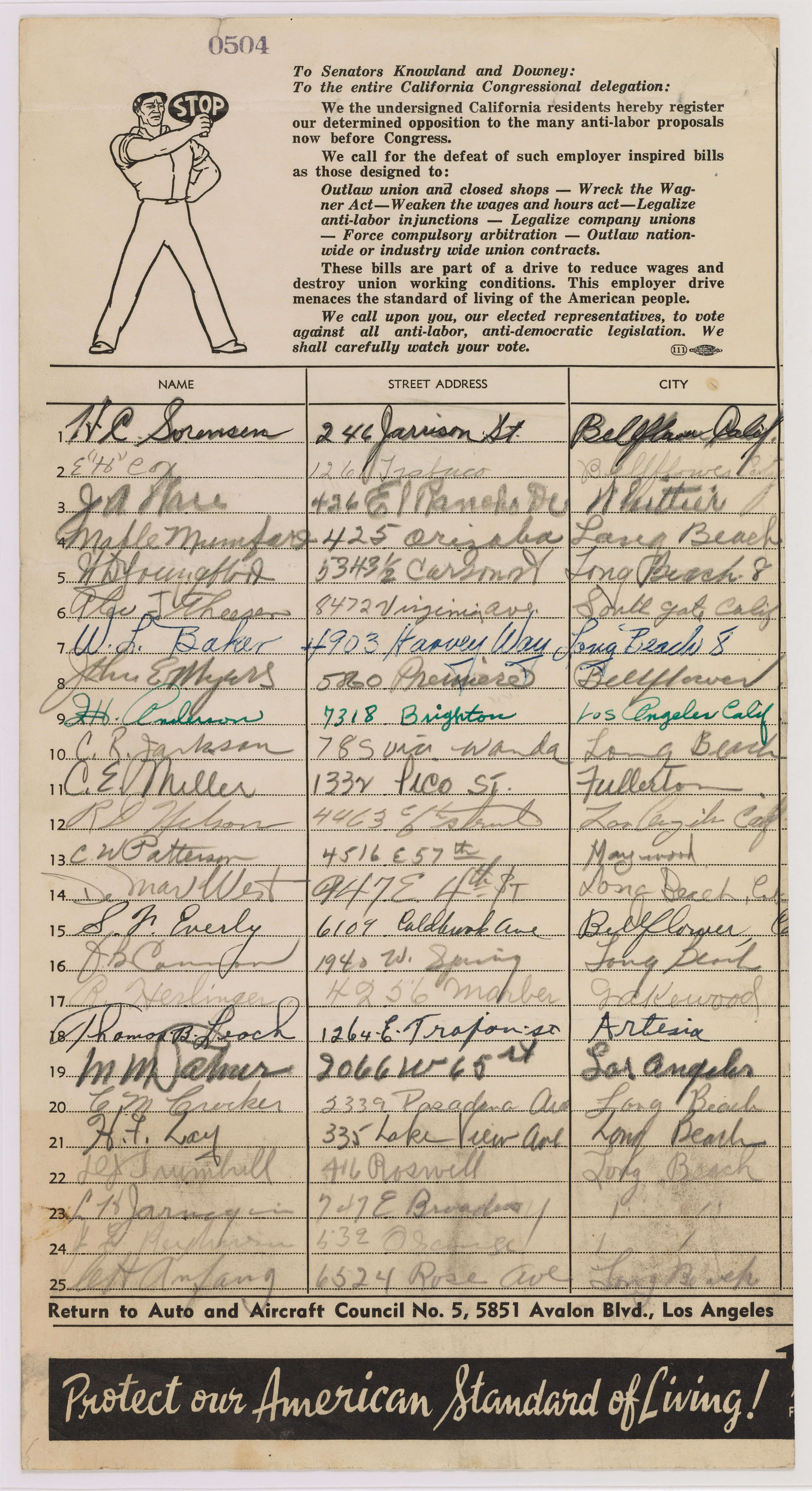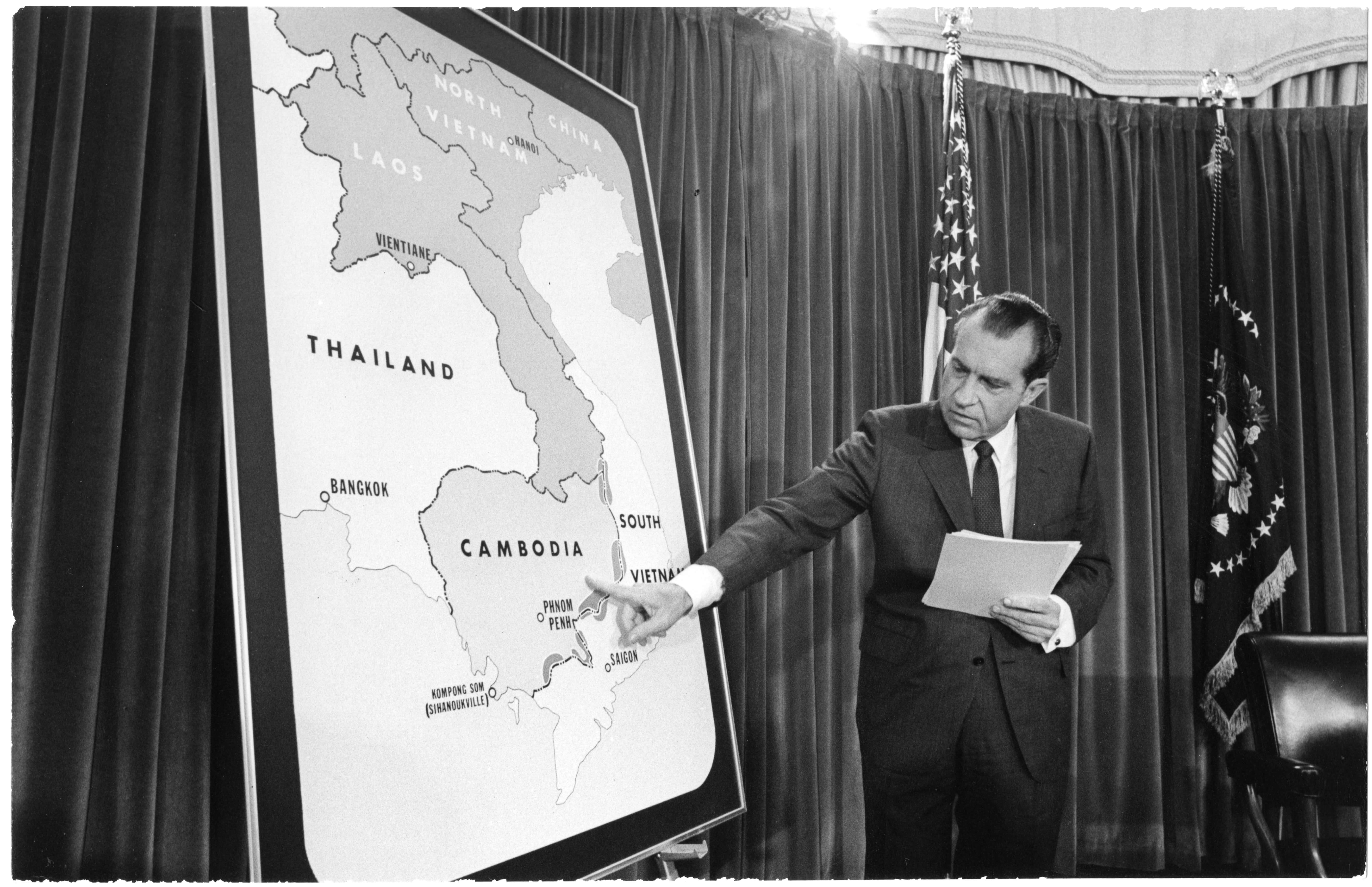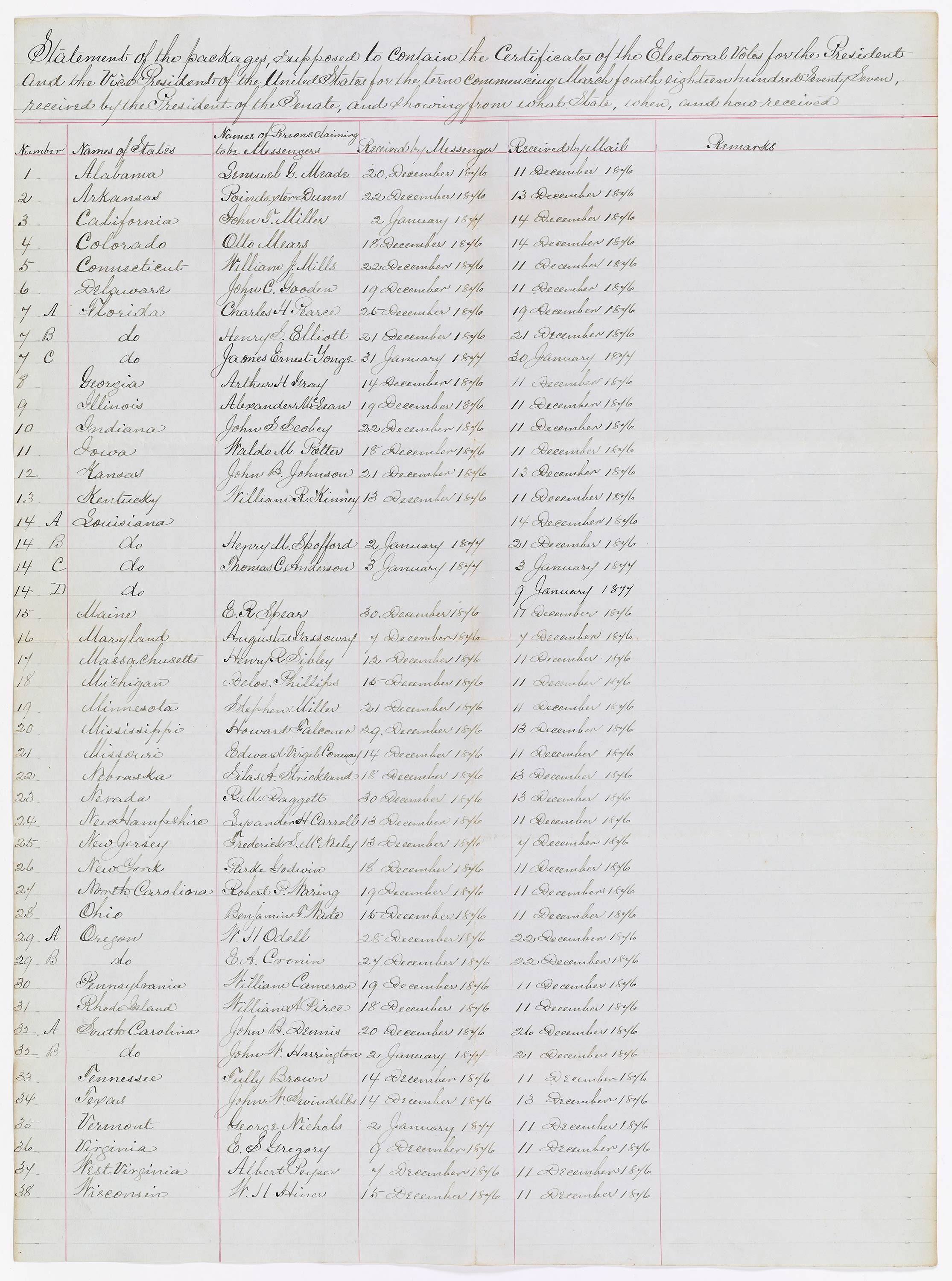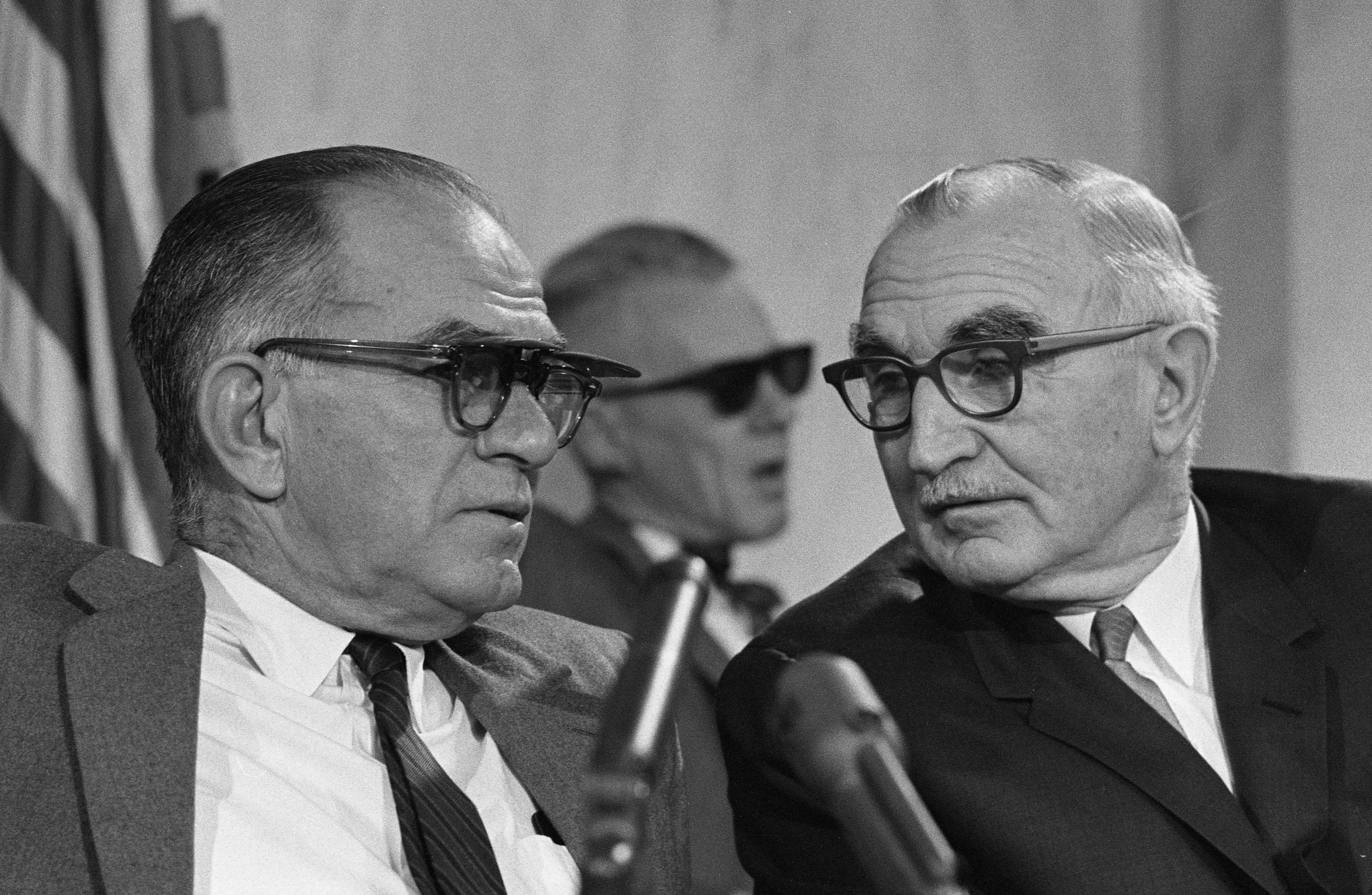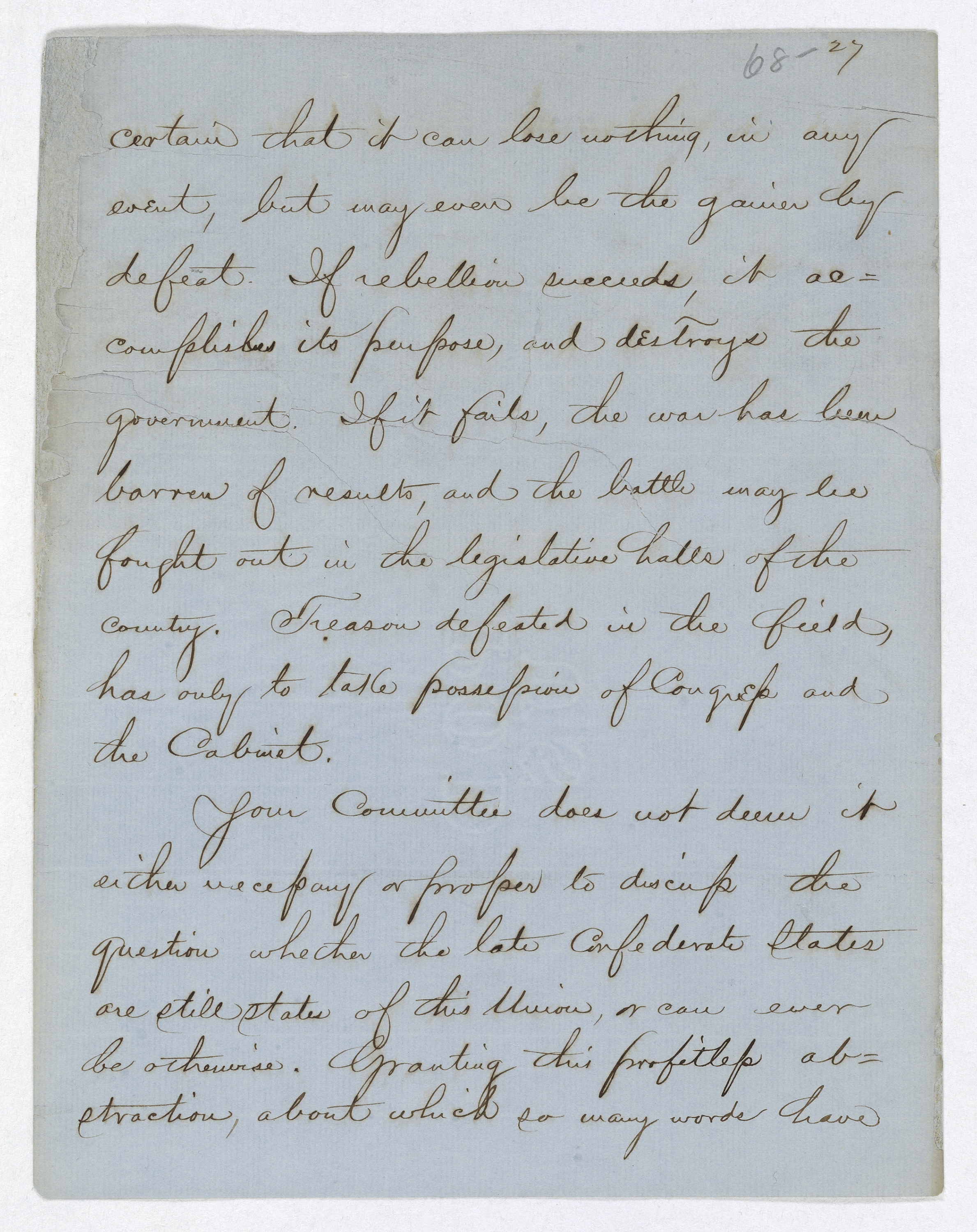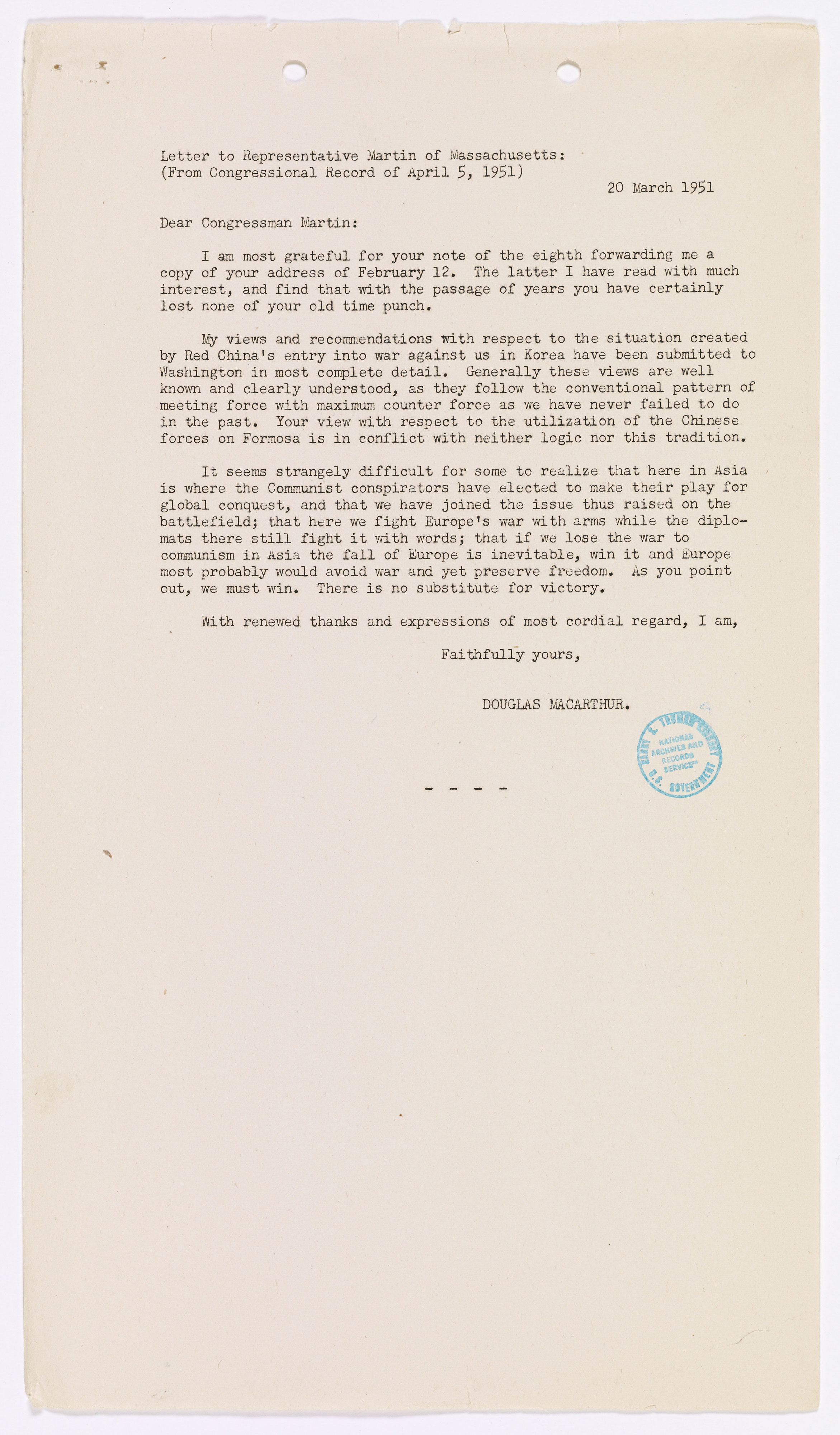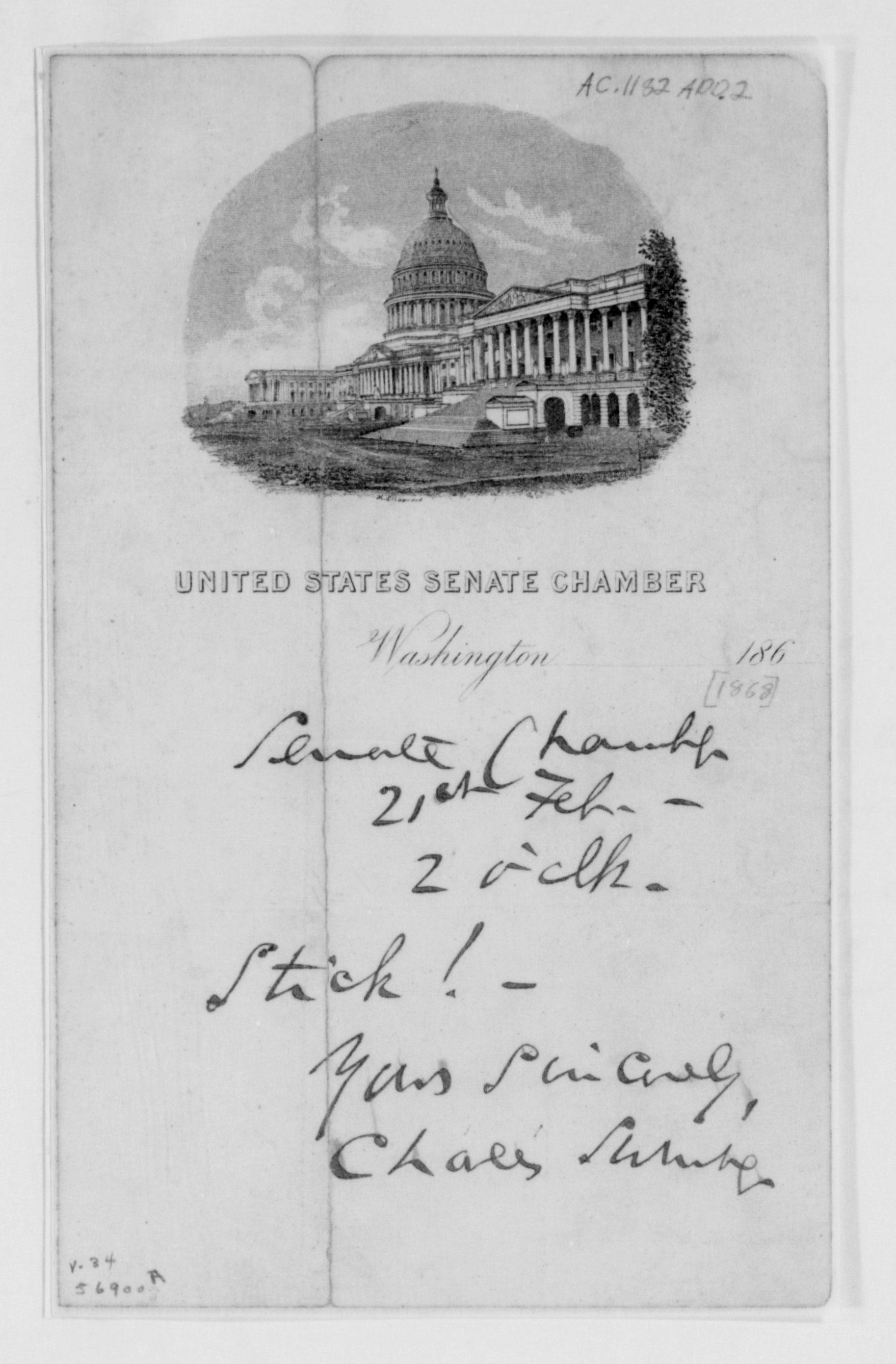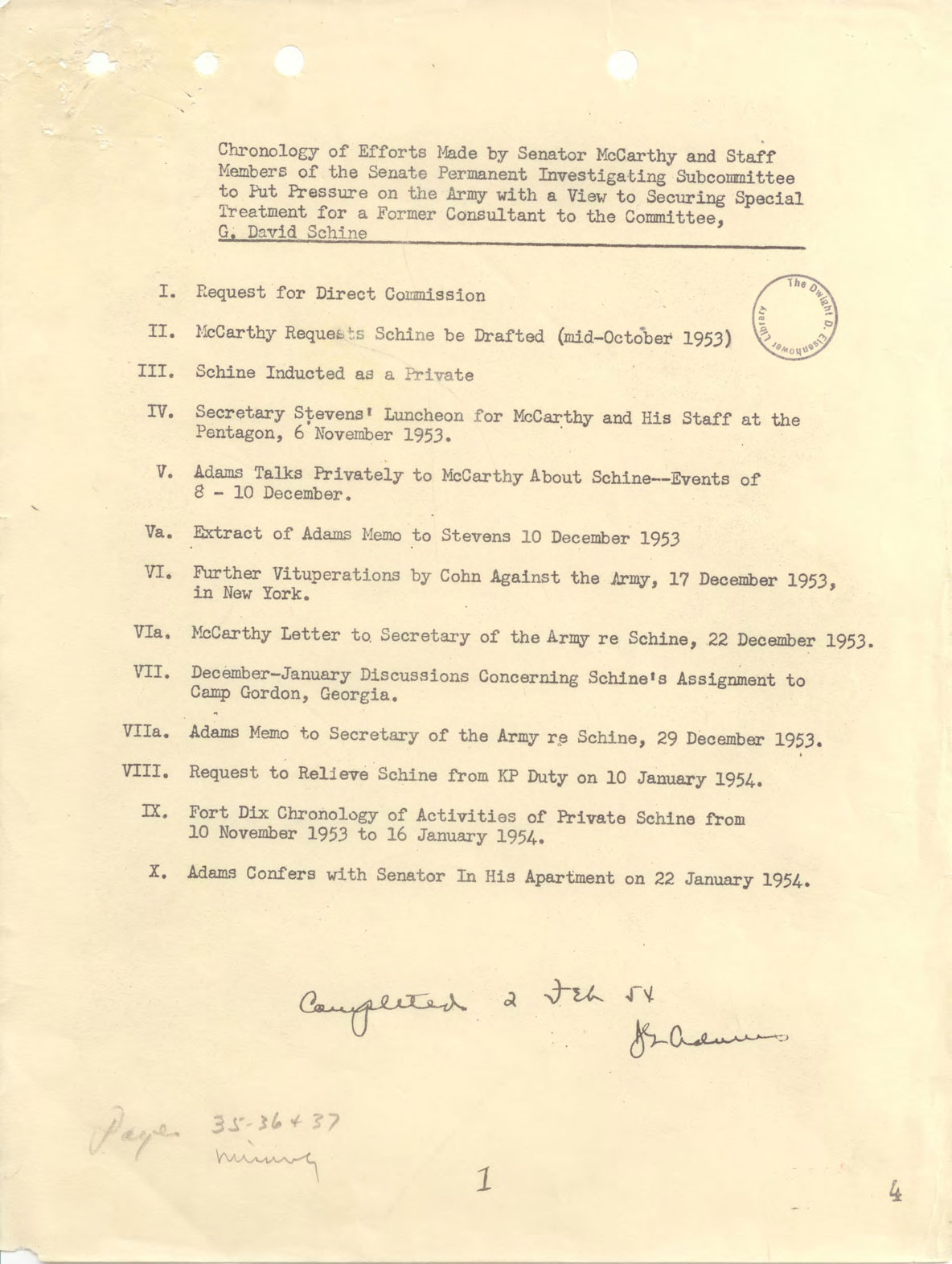Congress and the Separation of Powers
Why does the U.S. Constitution separate the government into three branches? At the nation’s founding, the Constitution’s framers understood that executive, legislative, and judicial responsibilities differed, and they provided for these distinct functions. They also believed that concentrating authority in one body would result in tyranny. They therefore divided the government into legislative, executive, and judicial branches, so that no single part would become too strong, and empowered each to limit or “check” the powers of the others. This exhibit examines Congress’s unique role and the ways in which it can balance or dynamically shape and challenge the powers of other two branches.
Congress and the Judicial Branch: Jurisdiction
The Constitution stipulates that “the judicial Power of the United States, shall be vested in one supreme Court, and in such inferior Courts as the Congress may . . . establish,” but leaves the details of organization and authority for Congress to decide through legislation. How large is the Supreme Court and what is its jurisdiction? What kinds of cases must it hear? How many inferior courts are needed? Congress has used its constitutional authority to address these essential questions.
Congress and the Judicial Branch: Composition
The president nominates Supreme Court justices, but the Senate has the sole power to confirm those appointments. The confirmation process has changed over time, but Congress’s capacity to shape the judiciary continues to be an important check on that interpretive body, as does its power to impeach and try members of the federal judiciary for “high crimes and misdemeanors”. These powers have elicited some of the most dramatic moments in congressional history.
Congress and the Judicial Branch: Negotiation
Congress creates laws; the Supreme Court interprets those laws in the context of legal disputes and rules on their constitutionality. Congress can change the courts’ size, structure, and jurisdiction. The two branches have sometimes disagreed on issues, each questioning the actions of the other, but have also found common ground, building on and reinforcing each other’s work. This constitutional dialogue between those who write our laws and those who interpret them is central to the U.S. system of checks and balances.
Congress and the Executive Branch: Nominations and Appointments
This all-important check upon the president’s power gives the Senate influence over the composition of the executive and judicial branches. Although the Senate has confirmed the vast majority of presidential nominations, its consideration of nominees has produced some notable confrontations between the legislature and the chief executive. This advice-and-consent role is one of the most significant constitutional checks on the presidency.
Congress and the Executive Branch: Balancing Power
Congress is the central law-making body to which the executive and judicial branches respond. Congress writes and debates the laws that govern the United States, and it can override presidential vetoes. The Senate’s advice-and-consent power over treaties and both chambers’ important role in amending the Constitution also indicate the legislature’s essential role in the nation’s representative government.
Congress and the Executive Branch: Investigations
The nation’s founders, mindful of human nature and the potentially corrupting effects of power, anticipated congressional oversight of the federal government. In addition to investigating misuse of federal funds and abuses of power, Congress also gathers information needed to create new legislation. The power to investigate is one of Congress’s most important tools for developing effective public policy, conducting oversight, and informing the public.
